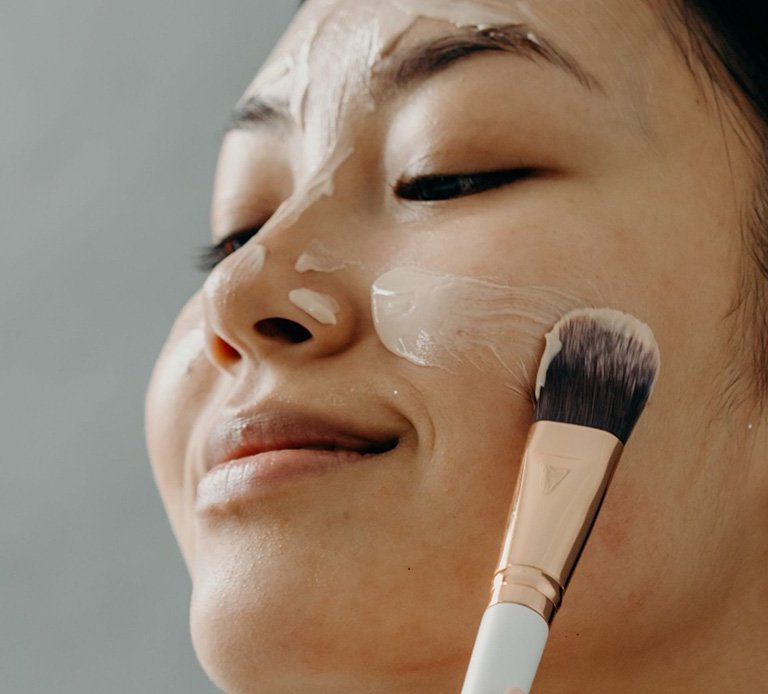
Have you ever noticed the formation of small, soft, dark-colored skin growths on your face, neck, or back? While they look pretty similar to moles, they’re actually something quite different. These are benign skin growths that occur in the top layer of the skin called Dermatosis Papulosa Nigra (DPN).
Keep reading to learn what this skin condition is, the cause, and treatment options. Full disclaimer, always see your dermatologist if you notice any unusual skin growth for a proper diagnosis.
[SEE ALSO: Your Quick Guide To Baddie-Approved Vacation Makeup]
What is Dermatosis Papulosa Nigra?
Dermatosis Papulosa Nigra (DPN) is a benign skin condition characterized by the development of hyperpigmented (dark brown to black) papules that occur more frequently on the face, but also on the neck and back. The most famous example is Morgan Freeman, who has DPN on his face.
DPN typically begins to pop up in adolescence, and may increase in number and size with age. It’s also most common in people who have heavily melanated skin of any ethnicity. Also, women are twice as likely to be affected as men.
Thankfully, DPN lesions are completely benign, meaning, they don’t turn into skin cancer and they are not associated with any systemic disease or syndrome.
What Can Cause it?
Okay, let’s break down the science. People with DPN lesions have been found to have an activating mutation in fibroblast growth factor receptor 3 (FGFR3), which is a gene that makes a protein involved in several skin cell processes. Some studies suggest that ongoing ultraviolet (UV) exposure may be associated with DPN, considering the occurrence of lesions in sun-exposed areas. But, the exact cause of DPN is still unknown, and because of this, there aren’t really any proven ways to prevent them from appearing in the first place.
Treatment Options
These dark-colored spots won’t go away on their own. Treatment options are primarily performed for cosmetic purposes but are not necessary from a medical standpoint since they don’t pose any health risks.
If you’re thinking of getting them removed, do your research. DIY treatments, such as using apple cider vinegar or other worst options like gasoline are not an option because they would likely result in post-inflammatory hyperpigmentation, scarring, and worsening the condition. So, don’t attempt to remove DPN lesions on your own!
Skincare such as exfoliants, retinoid creams, and others can be used but at the moment, they are no creams or products that will get rid of DPN lesions or prevent them from occurring.
Your derm is probably the only one who can safely and effectively remove or reduce the appearance and number of lesions. The most common treatments include snip excision with scissors, light curettage (with or without anesthesia), cryotherapy, and resurfacing laser treatments. However, it is worth mentioning that every treatment has risks associated (pigmentation problems and scarring) and should be discussed in detail before jumping in.
Dermatosis Papulosa Nigra is a benign skin condition where skin growth appears on the face, back, and neck. It doesn’t require treatment unless it’s for cosmetic purposes. At-home treatments should be avoided and removal procedures should be discussed with a specialist who understands the potential consequences.



